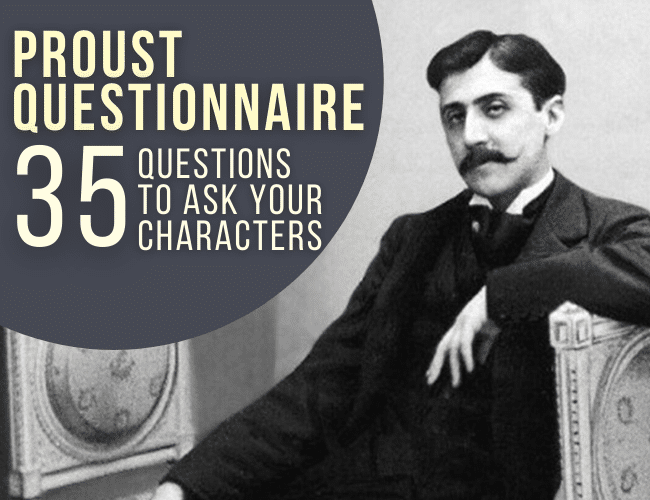
by Joe Bunting |
Allegory is one of those literary terms you’re pretty sure you learned about in school, but it can be difficult to put it into words. So what is an allegory in literature? Today you’ll be able to define it and identify allegory in some well known examples whether you’re studying allegory for school or for your own writing!

by Joe Bunting |
The best way to become a better writer is to write and then to publish your writing, whether you publish it on a blog, in a book, or with a close friend. It’s only by practicing writing, and getting feedback on it, that you can improve.
That being said, it never hurts to learn from those who have gone before you, and over the years, we’ve compiled a lot of excellent advice from the best writers on how to become a better writer.

by Joe Bunting |
Some writers balk at the idea of a book plan, and I get it. I tried to write books for years without a plan. Guess how many I finished? Zero. Since I learned how to write and use a book plan, I’ve finished over a dozen books and helped thousands of writers finish their books. You can do it too!

by Joe Bunting |
Let’s start with the obvious: You don’t know how to write a book. I’ve written seven books, and I don’t really know how to write a book either. I have a process that works, sure, but with writing, as with many things in life, it’s always when you think you know what you’re doing that you get into trouble.
So let’s just admit right now, you don’t know how to write a book, and definitely not in 100 days, and that’s okay. There, don’t you feel better?

by Joe Bunting |
We’re on a characterization kick this week on The Write Practice. Today, we’re going to continue to delve into the lives of our characters by going through a list of thirty-five questions to ask your characters made famous by the canonical French author, Marcel Proust.




